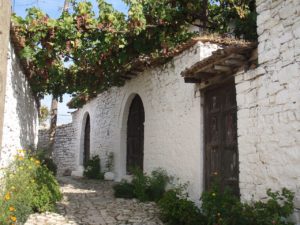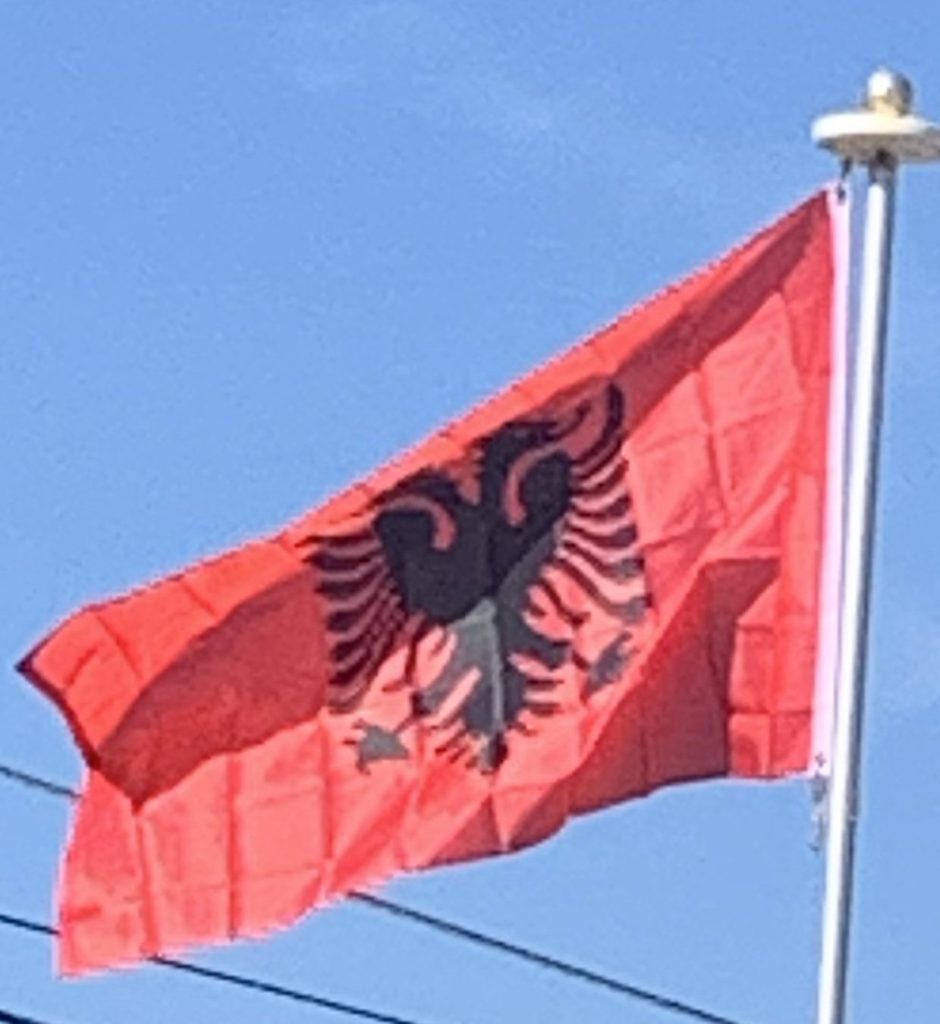The cities of Tirana and Durrës constitute the economic and financial heart of Albania due to their high population, modern infrastructure and strategic geographical location. The country’s most important infrastructure facilities take course through both of the cities, connecting the north to the south as well as the west to the east. Among the largest companies are the petroleum Taçi Oil, Albpetrol, ARMO and Kastrati, the mineral AlbChrome, the cement Antea, the investment BALFIN Group and the technology Albtelecom, Vodafone, Telekom Albania and others.
Agriculture:
Agriculture in the country is based on small to medium-sized family-owned dispersed units. It remains a significant sector of the economy of Albania. It employs 41% of the population, and about 24.31% of the land is used for agricultural purposes. One of the earliest farming sites in Europe has been found in the southeast of the country. As part of the pre-accession process of Albania to the European Union, farmers are being aided through IPA funds to improve Albanian agriculture standards.

Albania produces significant amounts of fruits (apples, olives, grapes, oranges, lemons, apricots, peaches, cherries, figs, sour cherries, plums, and strawberries), vegetables (potatoes, tomatoes, maize, onions, and wheat), sugar beets, tobacco, meat, honey, dairy products, traditional medicine and aromatic plants. Further, the country is a worldwide significant producer of salvia, rosemary and yellow gentian. The country’s proximity to the Ionian Sea and the Adriatic Sea give the underdeveloped fishing industry great potential. The World Bank and European Community economists report that, Albania’s fishing industry has good potential to generate export earnings because prices in the nearby Greek and Italian markets are many times higher than those in the Albanian market. The fish available off the coasts of the country are carp, trout, sea bream, mussels and crustaceans.
Albania has one of Europe’s longest histories of viticulture. The today’s region was one of the few places where vine was naturally grown during the ice age. The oldest found seeds in the region are 4,000 to 6,000 years old. In 2009, the nation produced an estimated 17,500 tonnes of wine. During the communist era, the production area expanded to some 49,000 acres.
Industrial:
The secondary sector of Albania have undergone many changes and diversification, since the collapse of the communist regime in the country. It is very diversified, from electronics, manufacturing, textiles, to food, cement, mining, and energy. The Antea Cement plant in Fushë-Krujë is considered as one of the largest industrial greenfield investments in the country. Albanian oil and gas is represents of the most promising albeit strictly regulated sectors of its economy. Albania has the second largest oil deposits in the Balkan peninsula after Romania, and the largest oil reserves in Europe. The Albpetrol company is owned by the Albanian state and monitors the state petroleum agreements in the country. The textile industry has seen an extensive expansion by approaching companies from the European Union (EU) in Albania. According to the Institute of Statistics (INSTAT) as of 2016, the textile production marked an annual growth of 5.3% and an annual turnover of around 1.5 billion euros.
